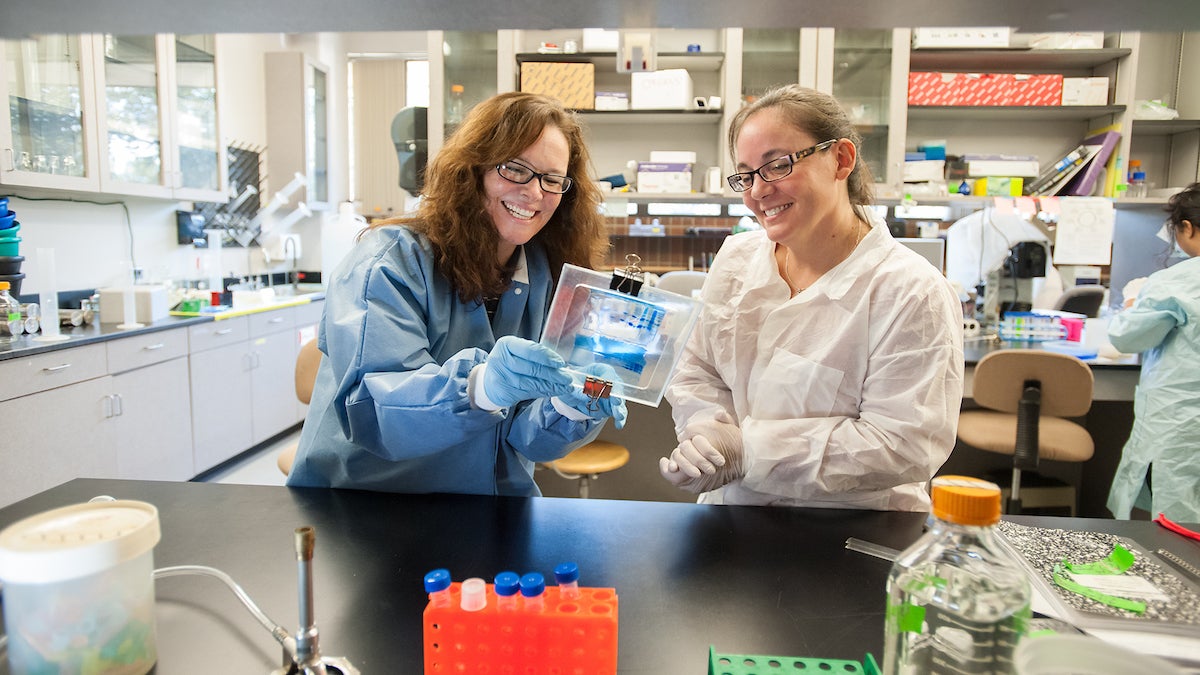
Expenditures for research projects at Boise State University reached an all-time high of more than $41 million in fiscal year 2018 – an 18 percent increase over the previous year and impressive 64 percent increase since fiscal year 2014, according to data tracked by the National Science Foundation’s (NSF) Higher Education Research and Development survey.
The annual survey is the primary source of information on research and development expenditures at U.S. colleges and universities across the nation. It acts as the gold-standard census of institutions that expend at least $150,000 in separately accounted for research and development in the fiscal year.
Boise State’s federal expenditures increased by more than 25 percent between FY17 and FY18. As in past years, NSF expenditures remain the highest among federal agencies at $9.3 million. Some of the largest increases came from agencies including the Department of Defense, with more than $1.4 million in FY18 (an increase of nearly 40 percent over FY17); NASA, with more than $1.9 million (an increase of more than 91 percent); and the Department of Energy, with more than $3.7 million in funding (an increase of nearly 54 percent).
These federal expenditures have helped Boise State researchers study organic material found on asteroids and meteoroids collected in space and how microbes influence the guts of herbivores, among other projects.
Meanwhile, state and local sponsored project expenditures increased by more than 34 percent over the last fiscal year. These expenditures have helped Boise State researchers look into the relationship between cancer and a common potato frying technique, and help design a new, safer and more efficient method for cooling and storing the spent nuclear fuel from nuclear reactors, among other important local projects.
“The sponsored projects we are seeing awarded to our outstanding research faculty cement Boise State’s position as the fastest-growing research institution in Idaho,” said Harold Blackman, interim vice president of research and economic development at Boise State.
This trend indicates that the nation’s scientific community is deeply invested in the research happening on campus and the innovative faculty driving it, and underscores Boise State’s reputation as a metropolitan research university of distinction.
“These expenditures help attract top-notch talent at the faculty level and graduate level,” Blackman said. “It also helps us build a highly-skilled workforce that benefits both our industry and community partners.”